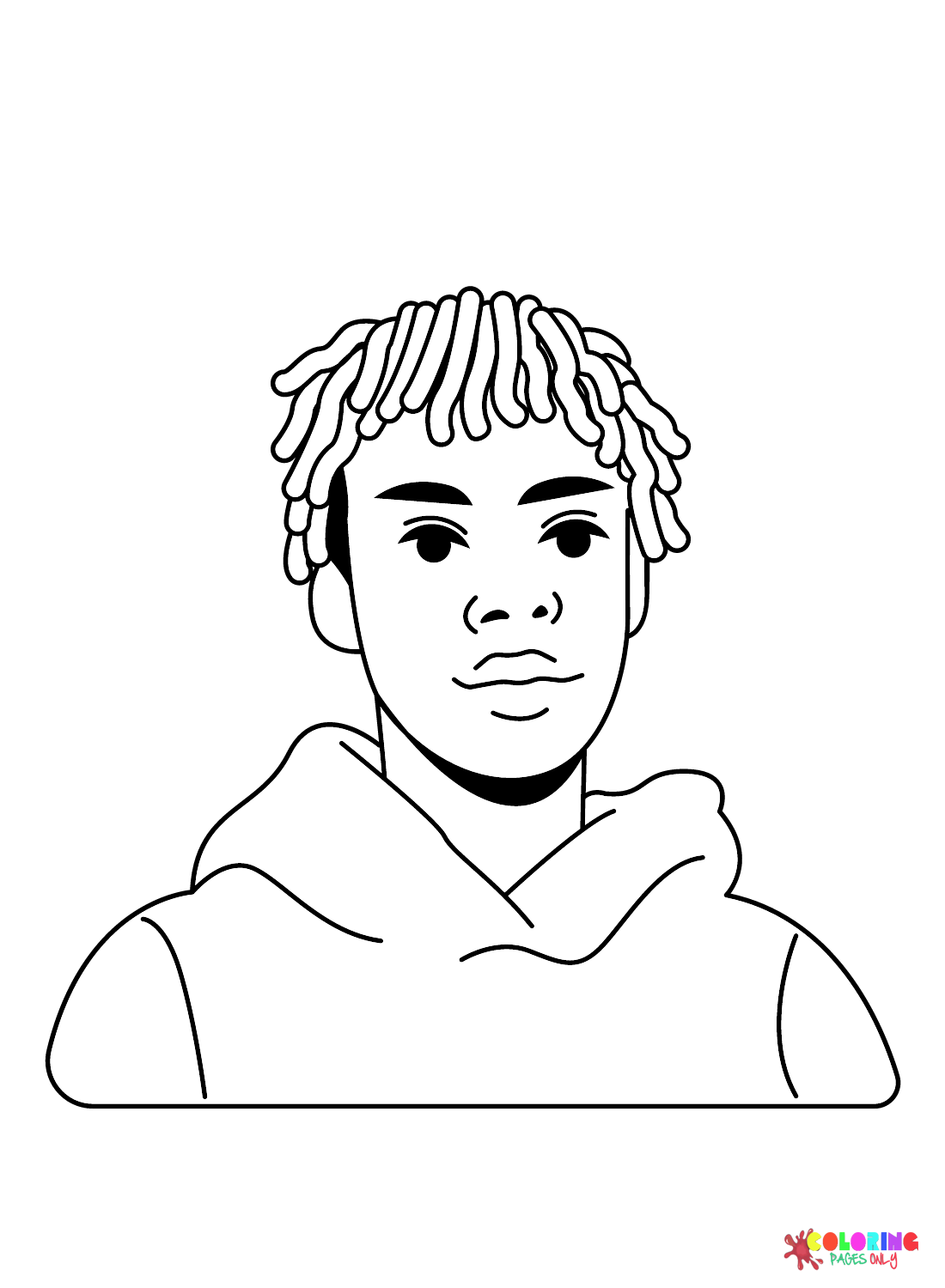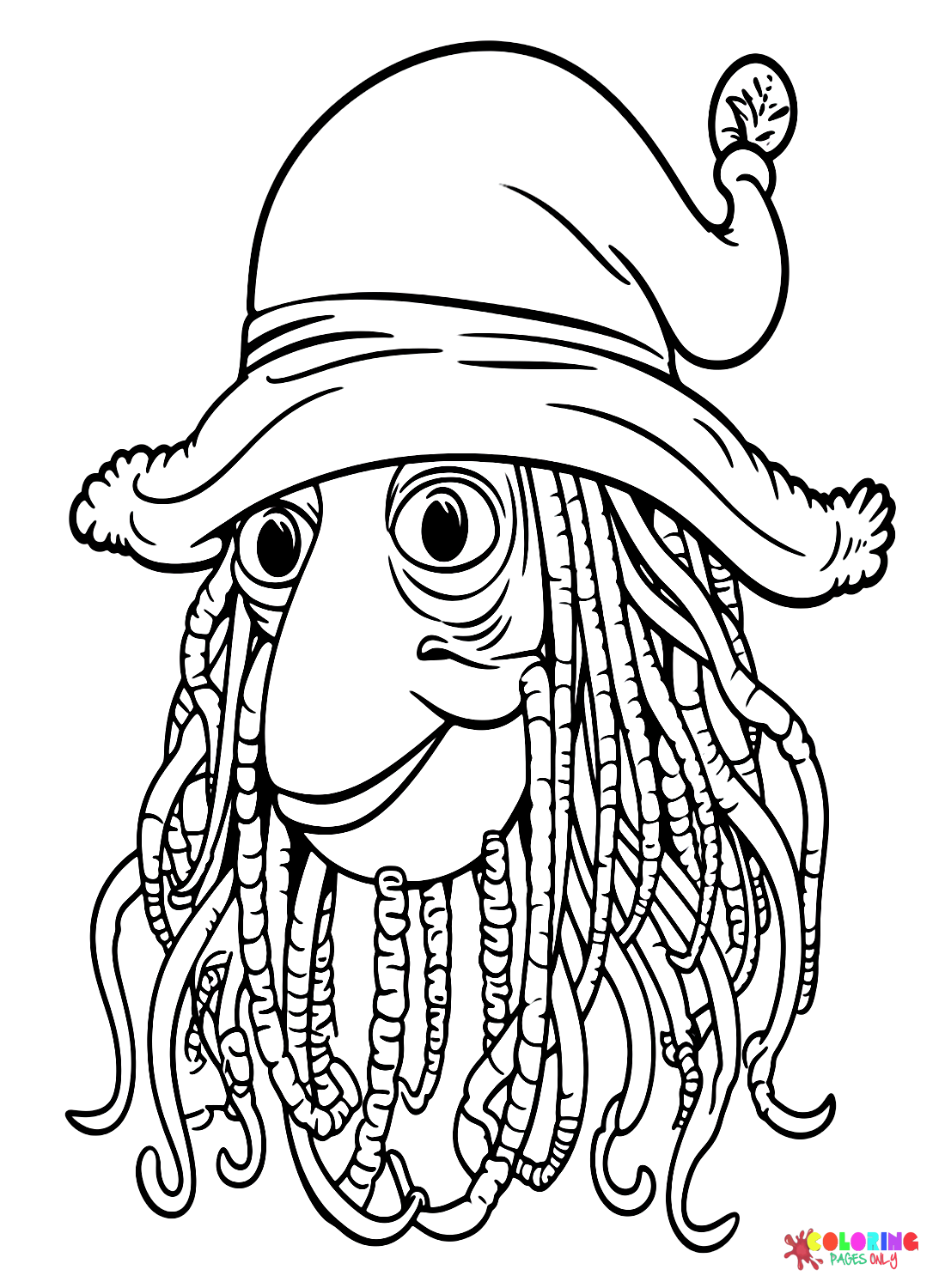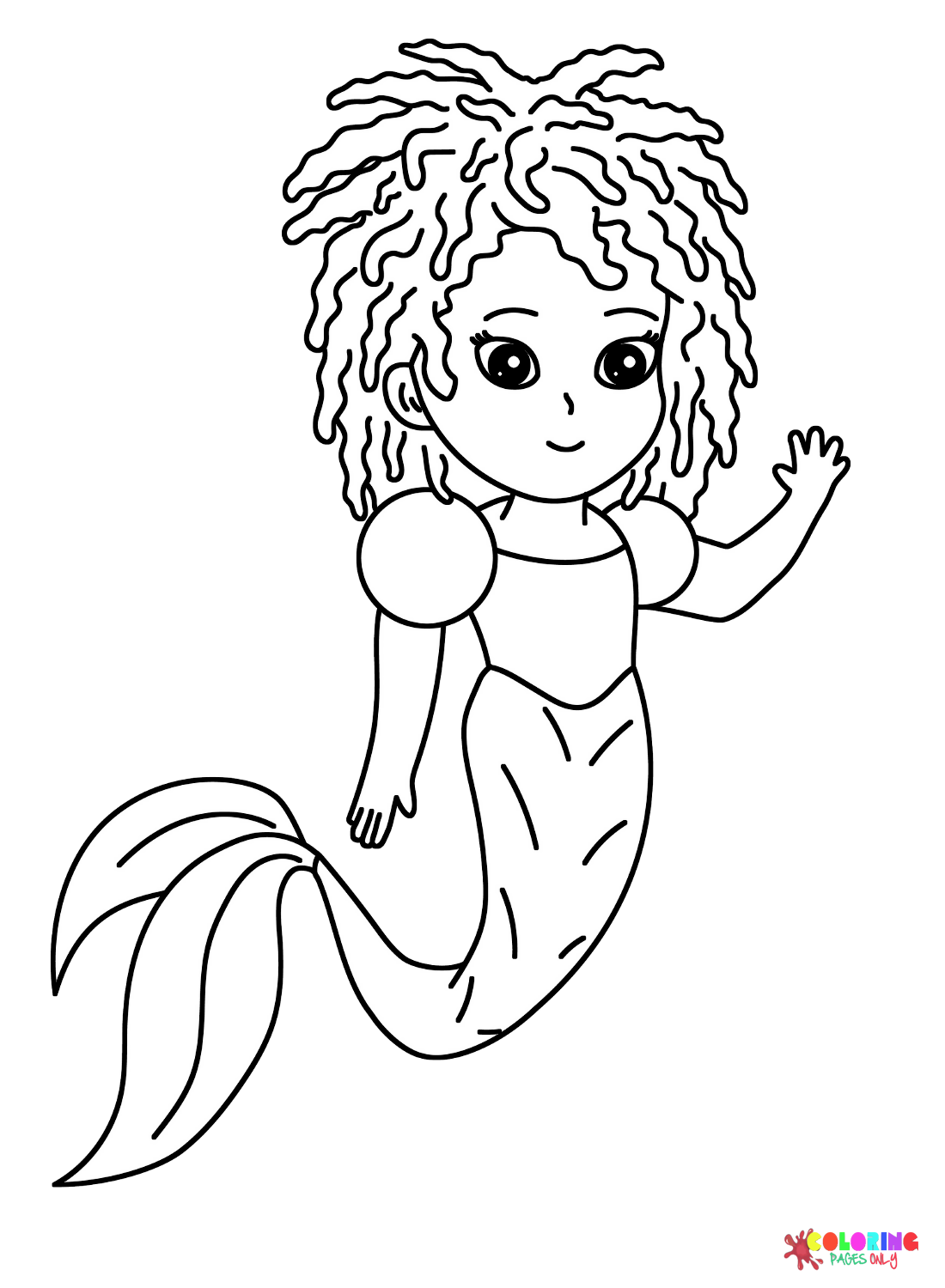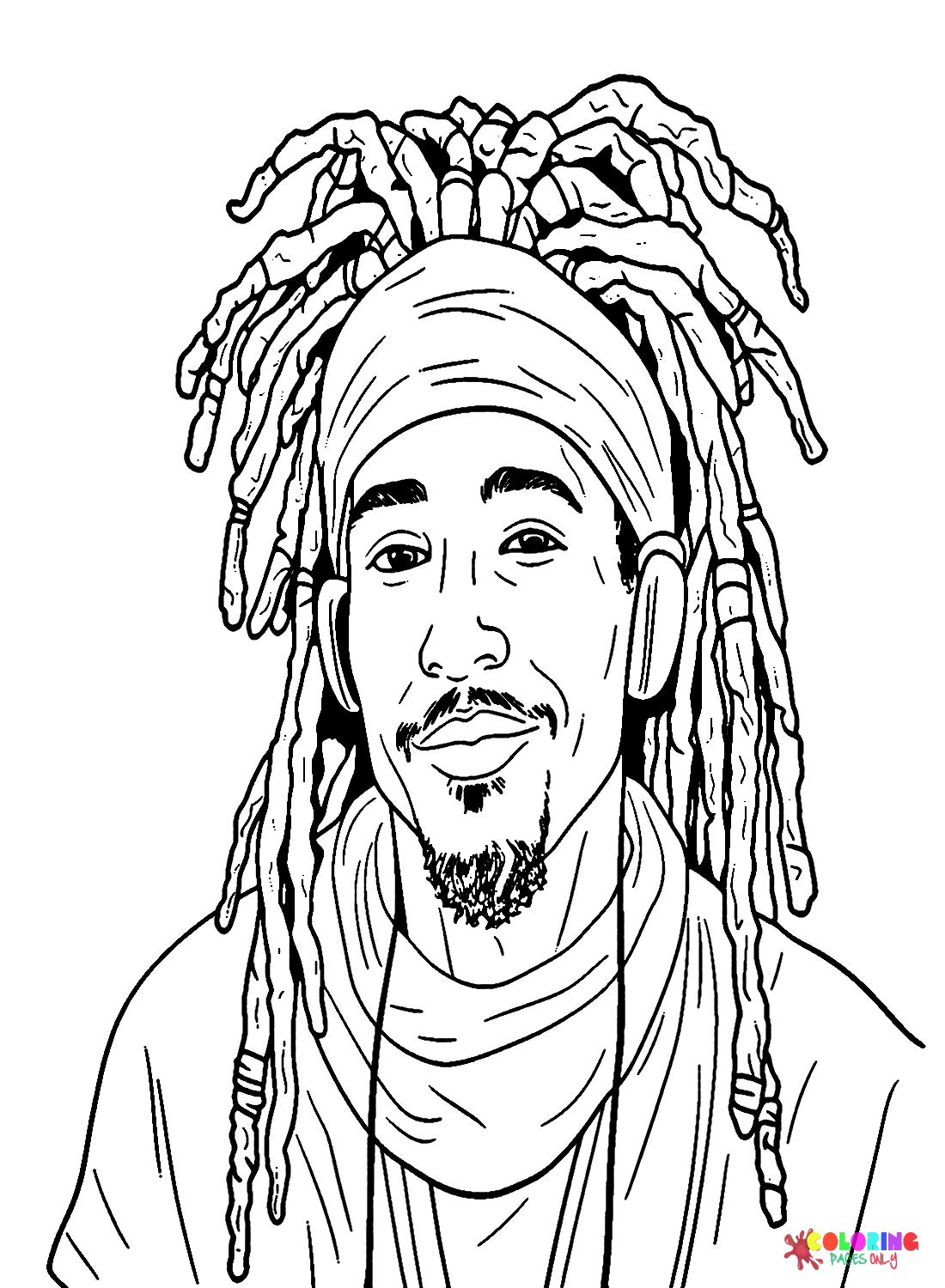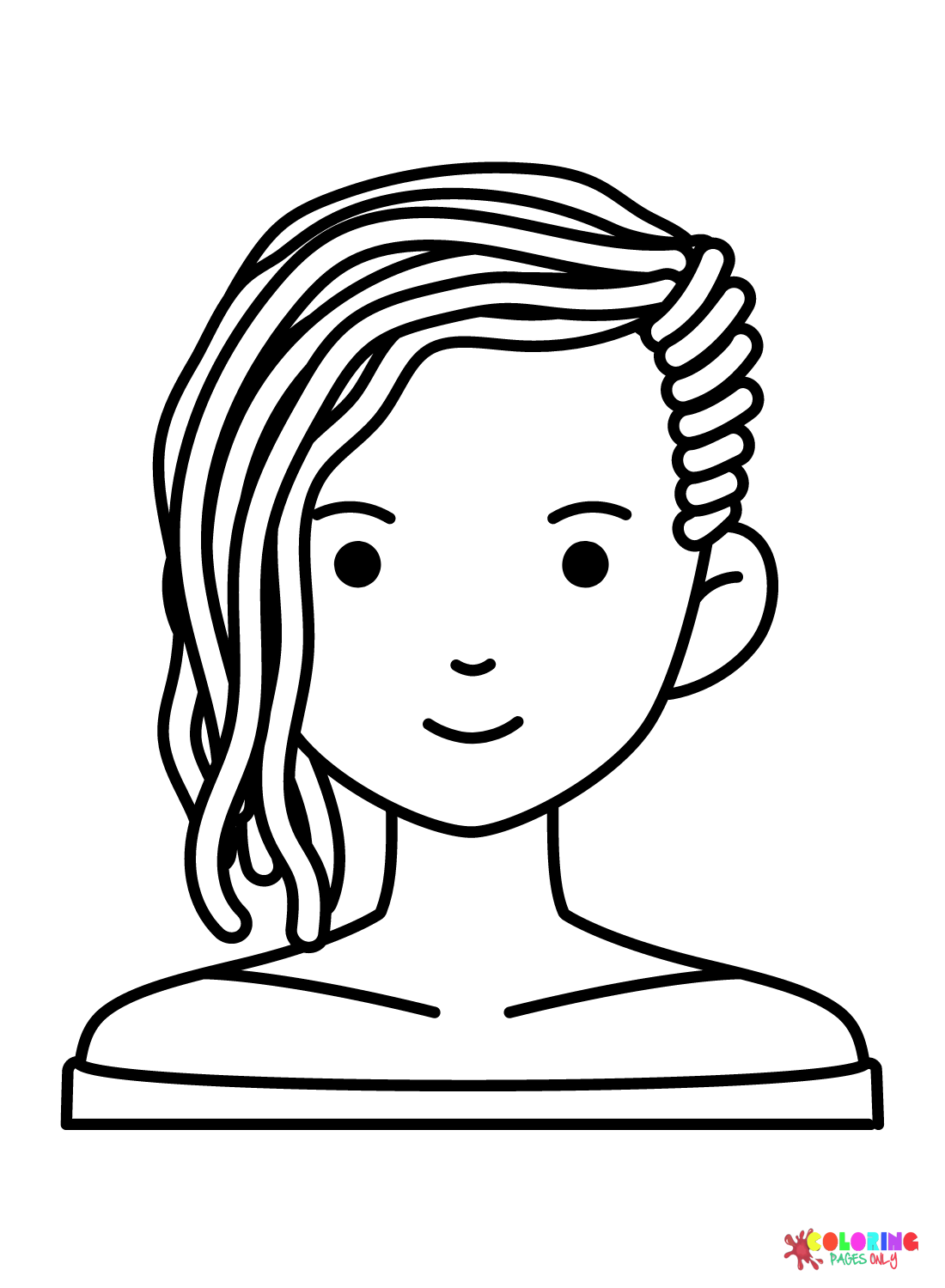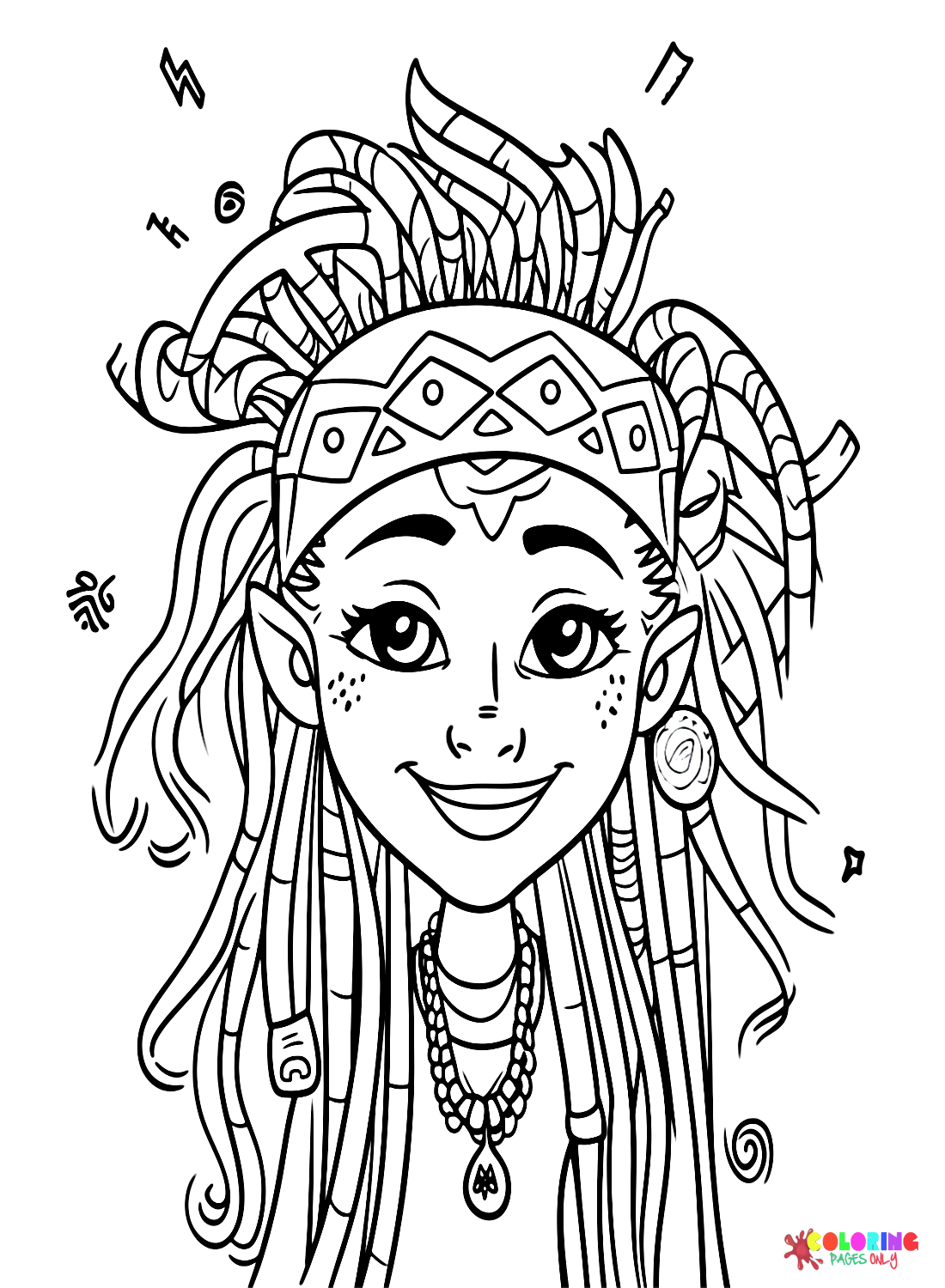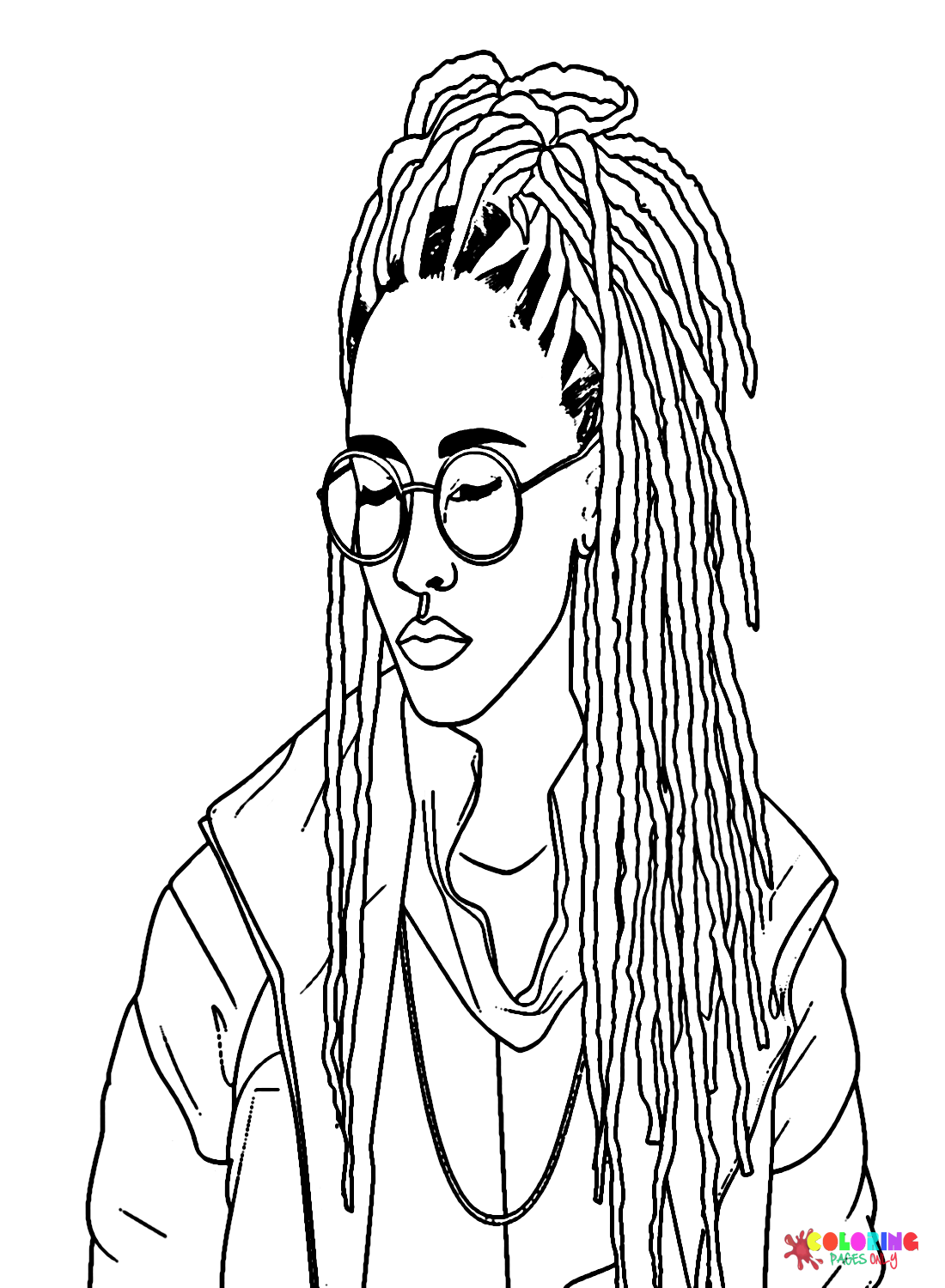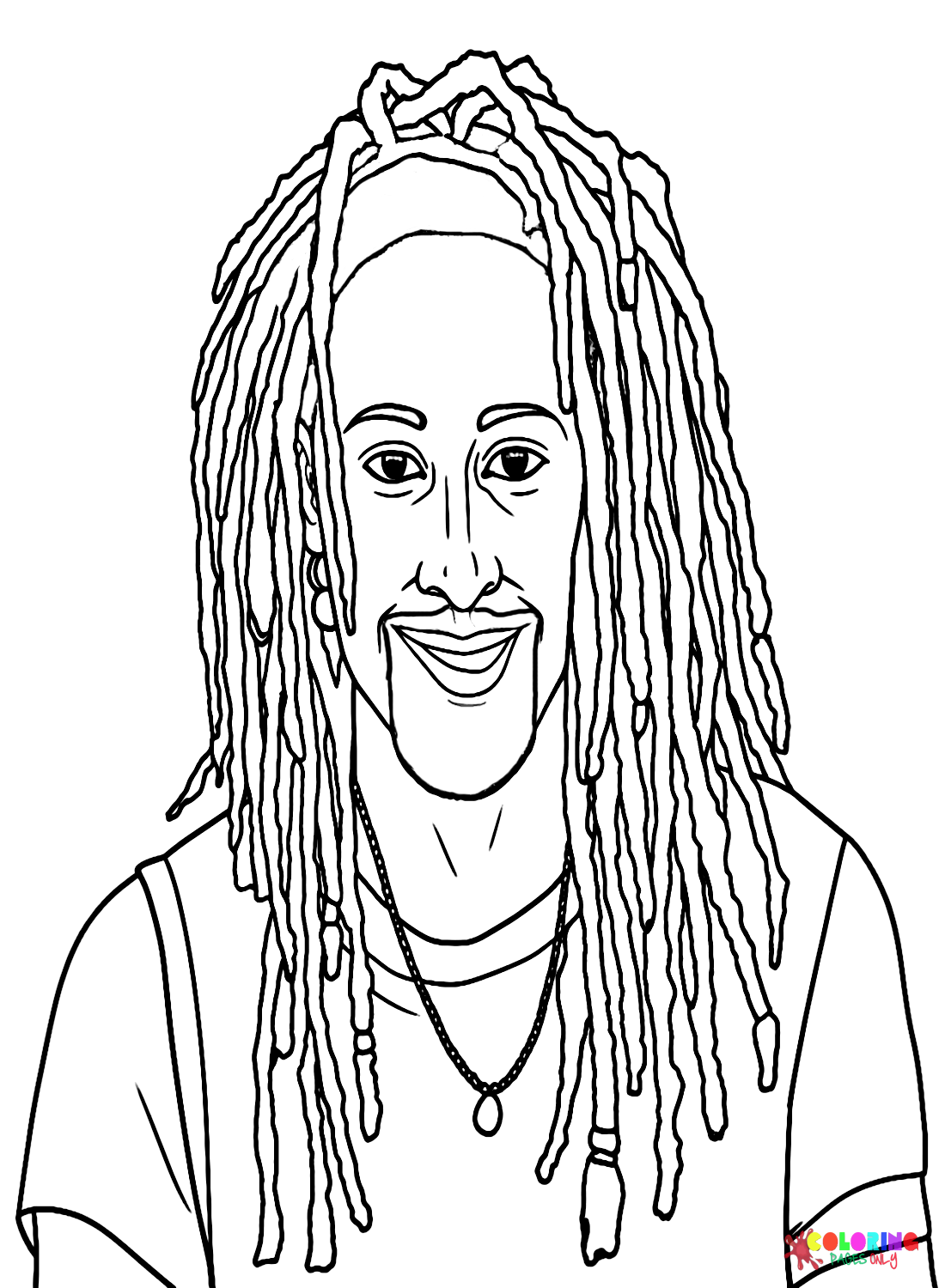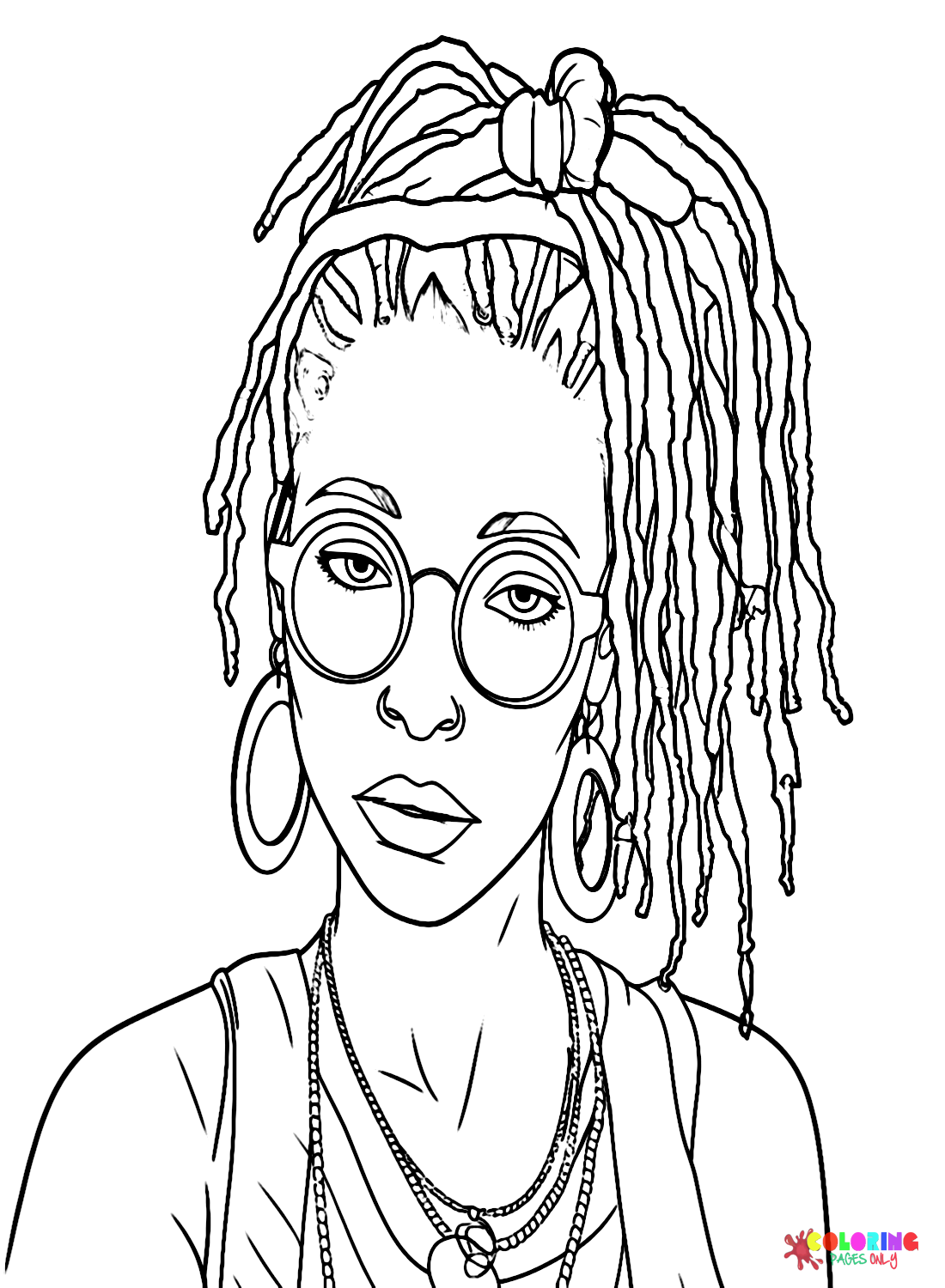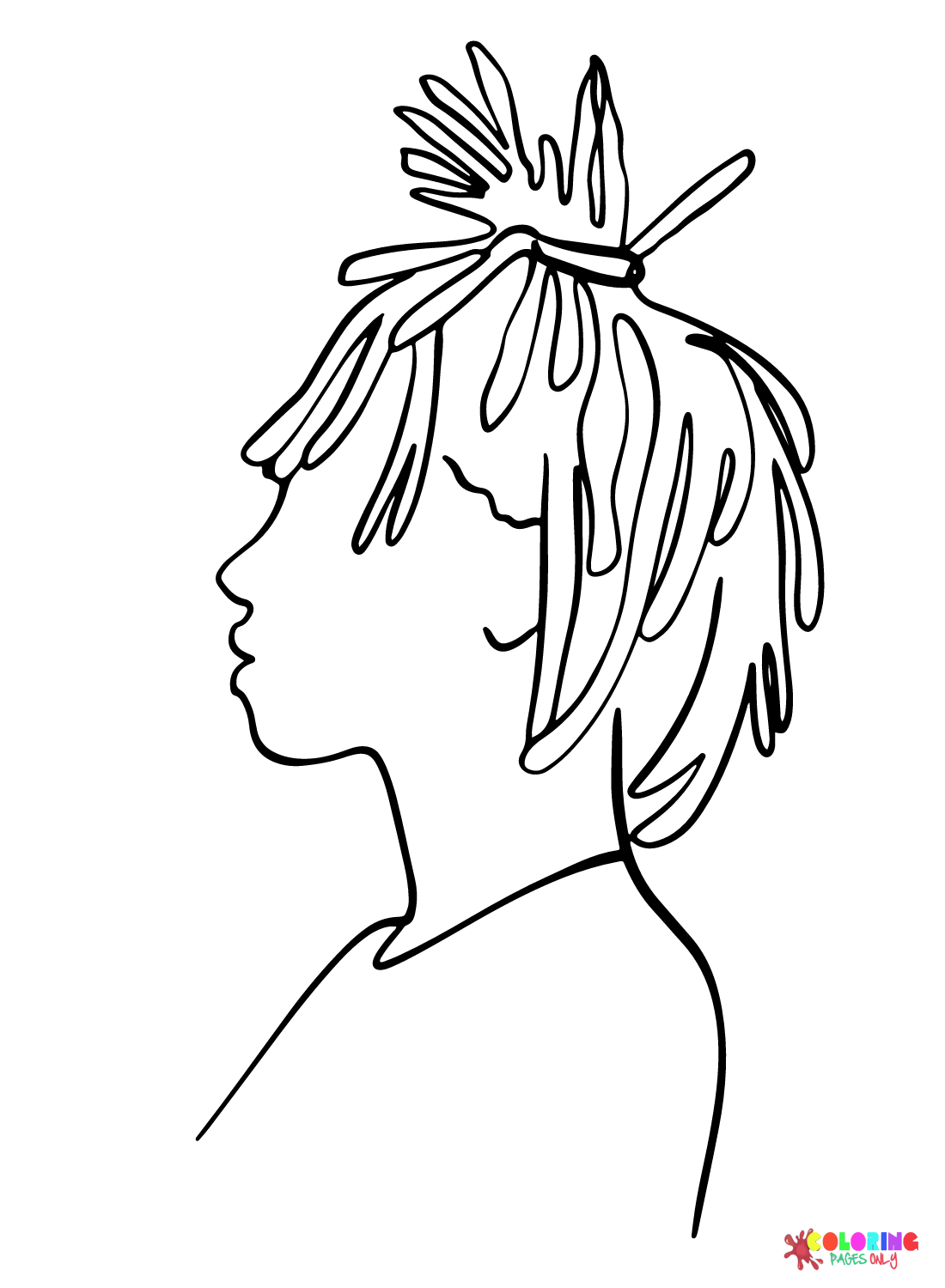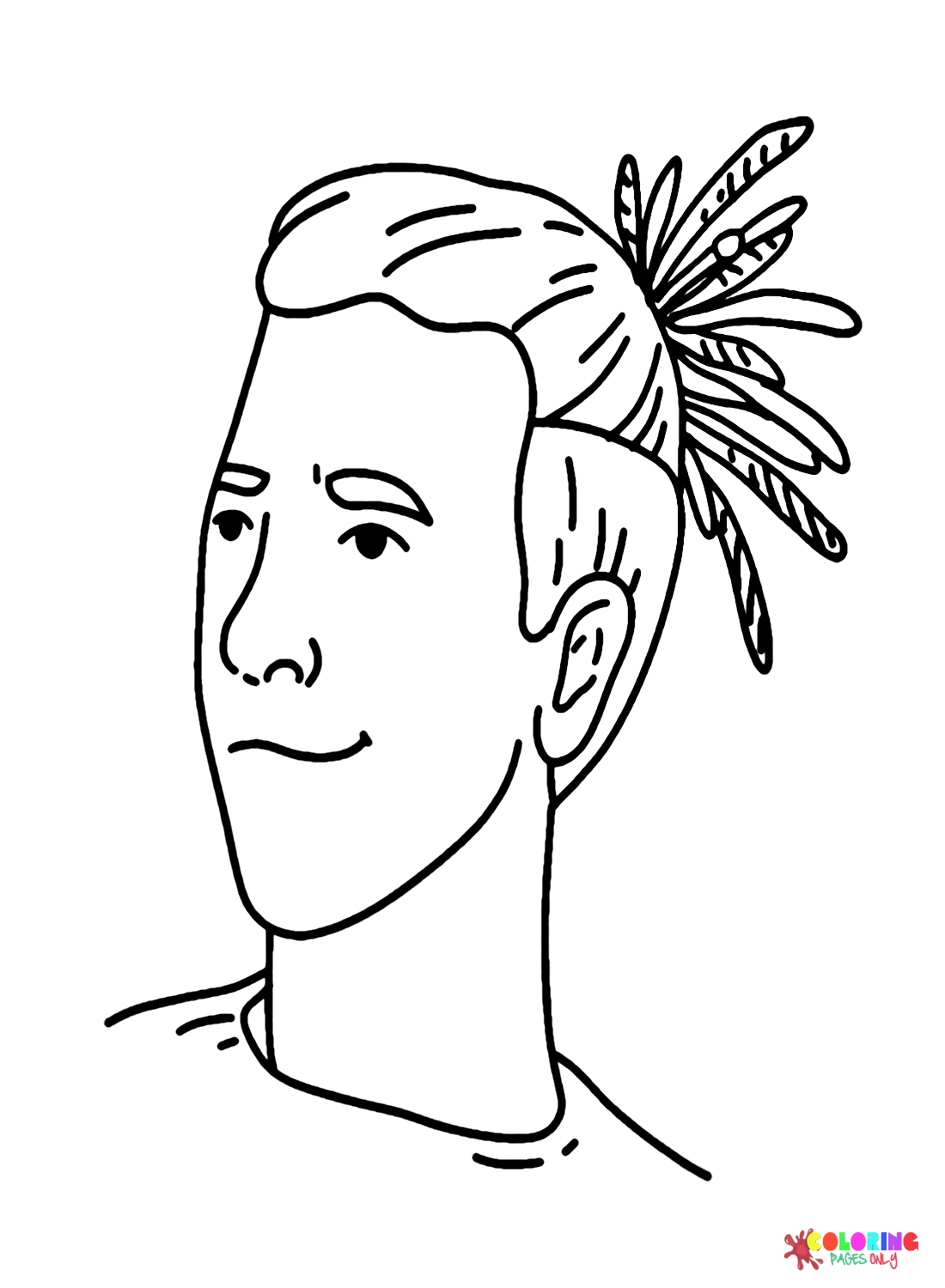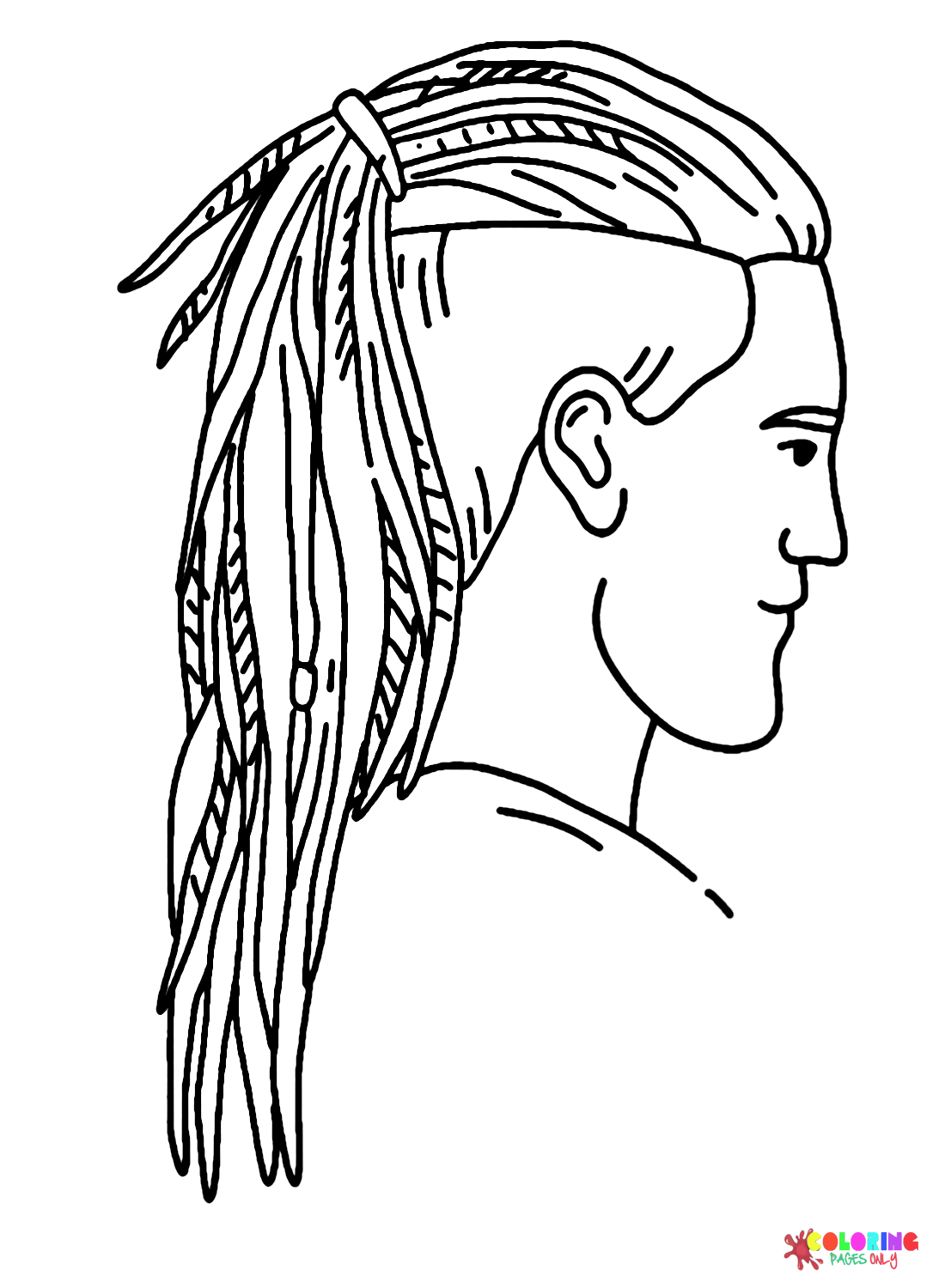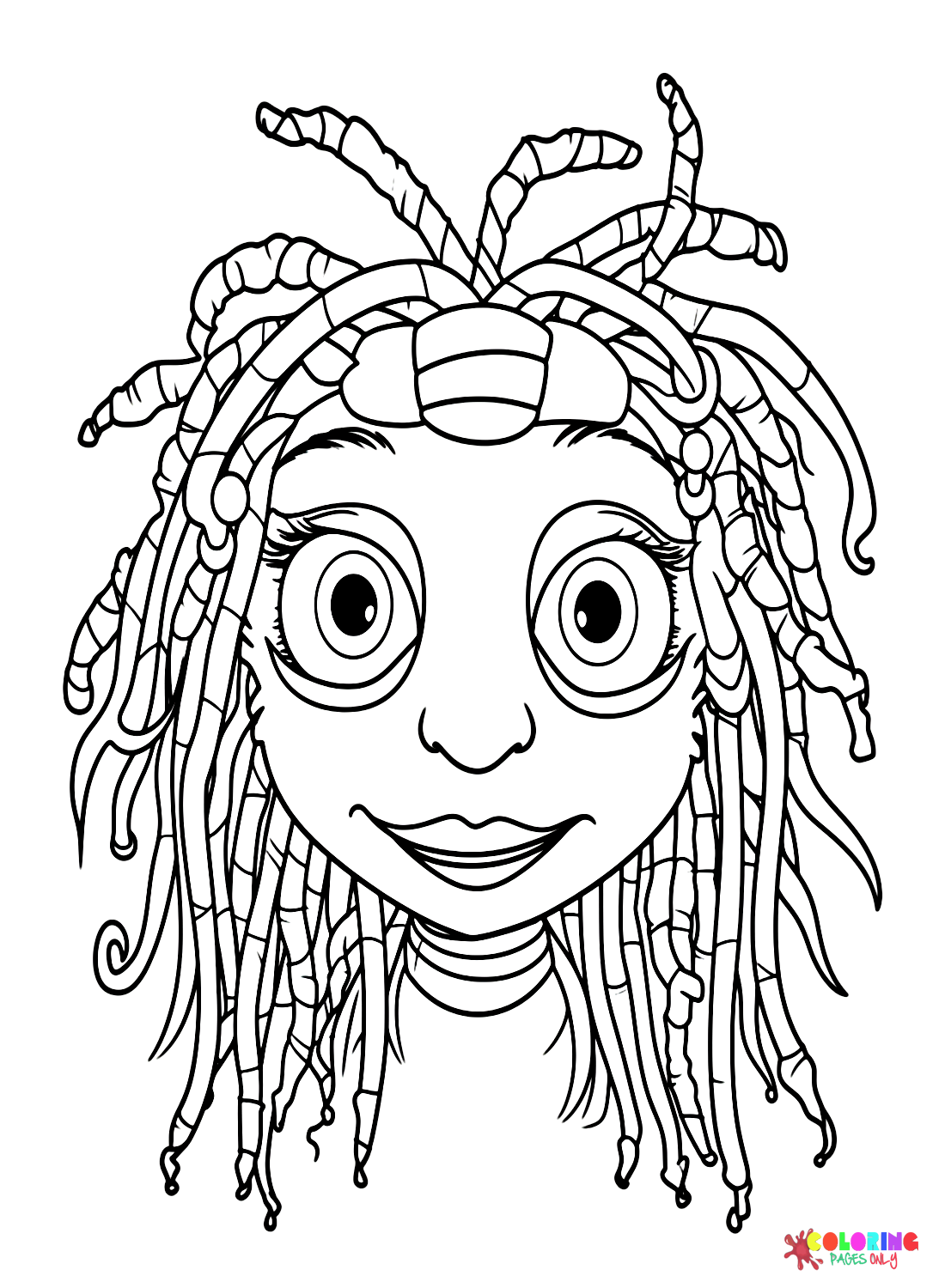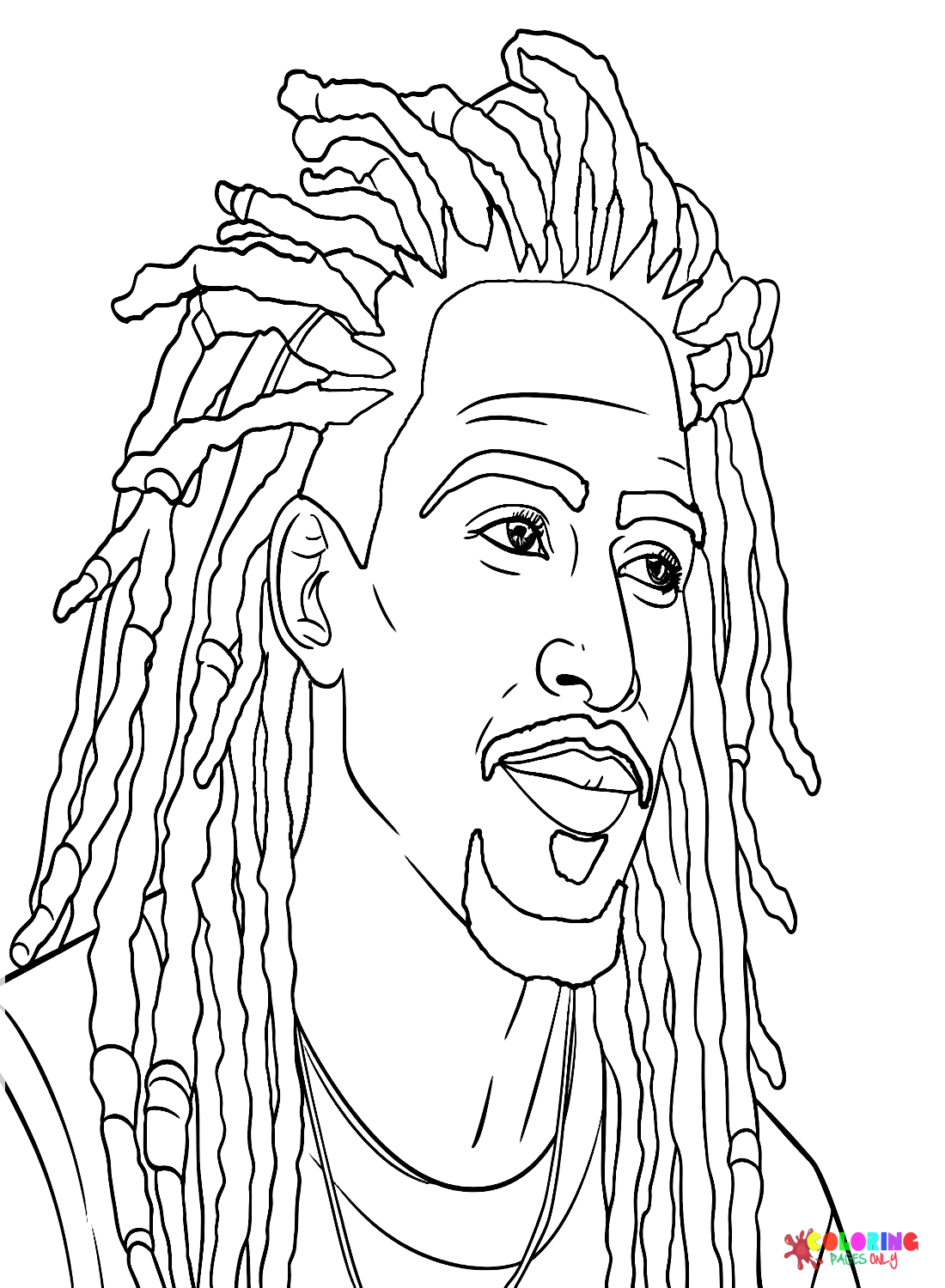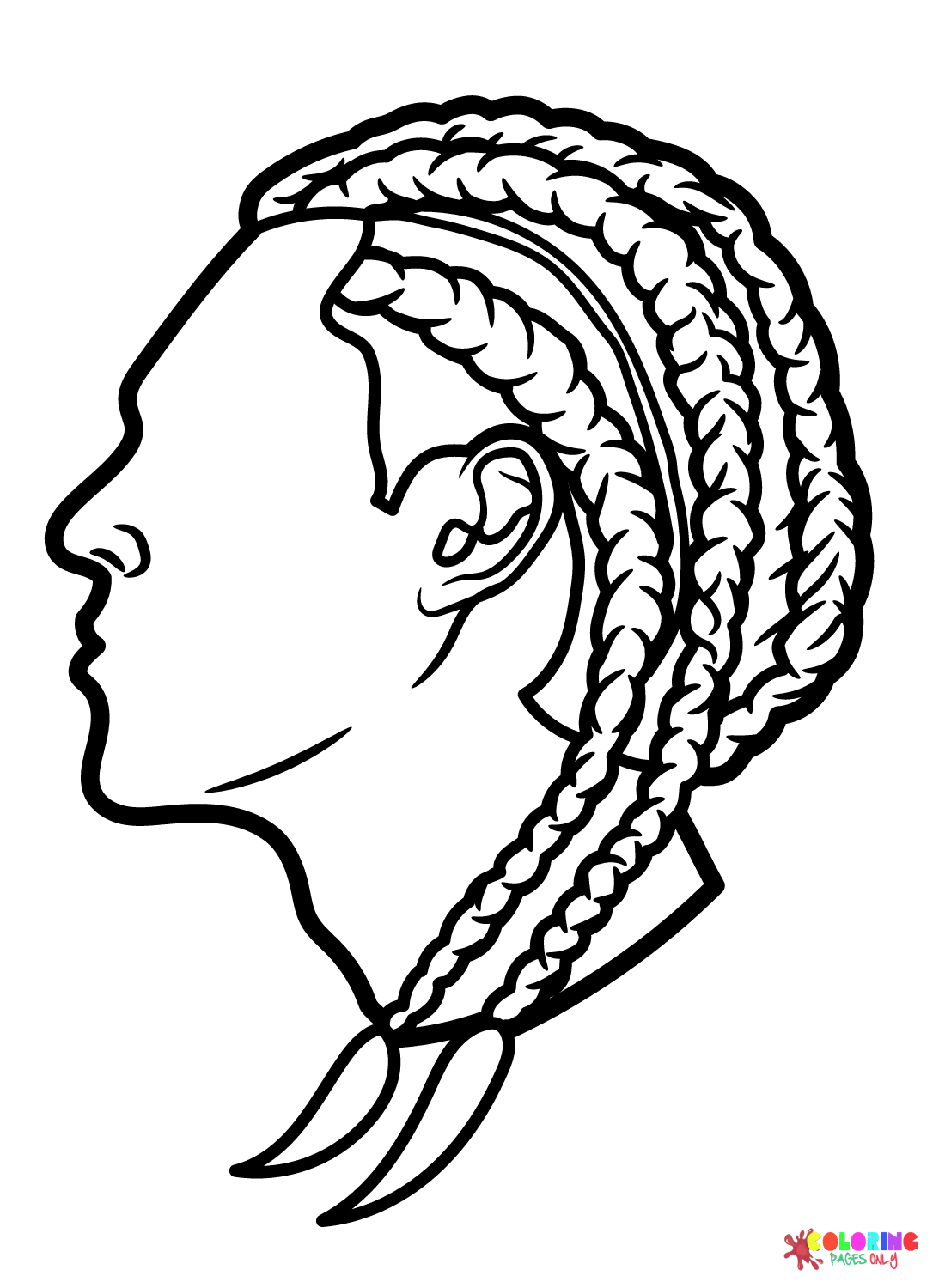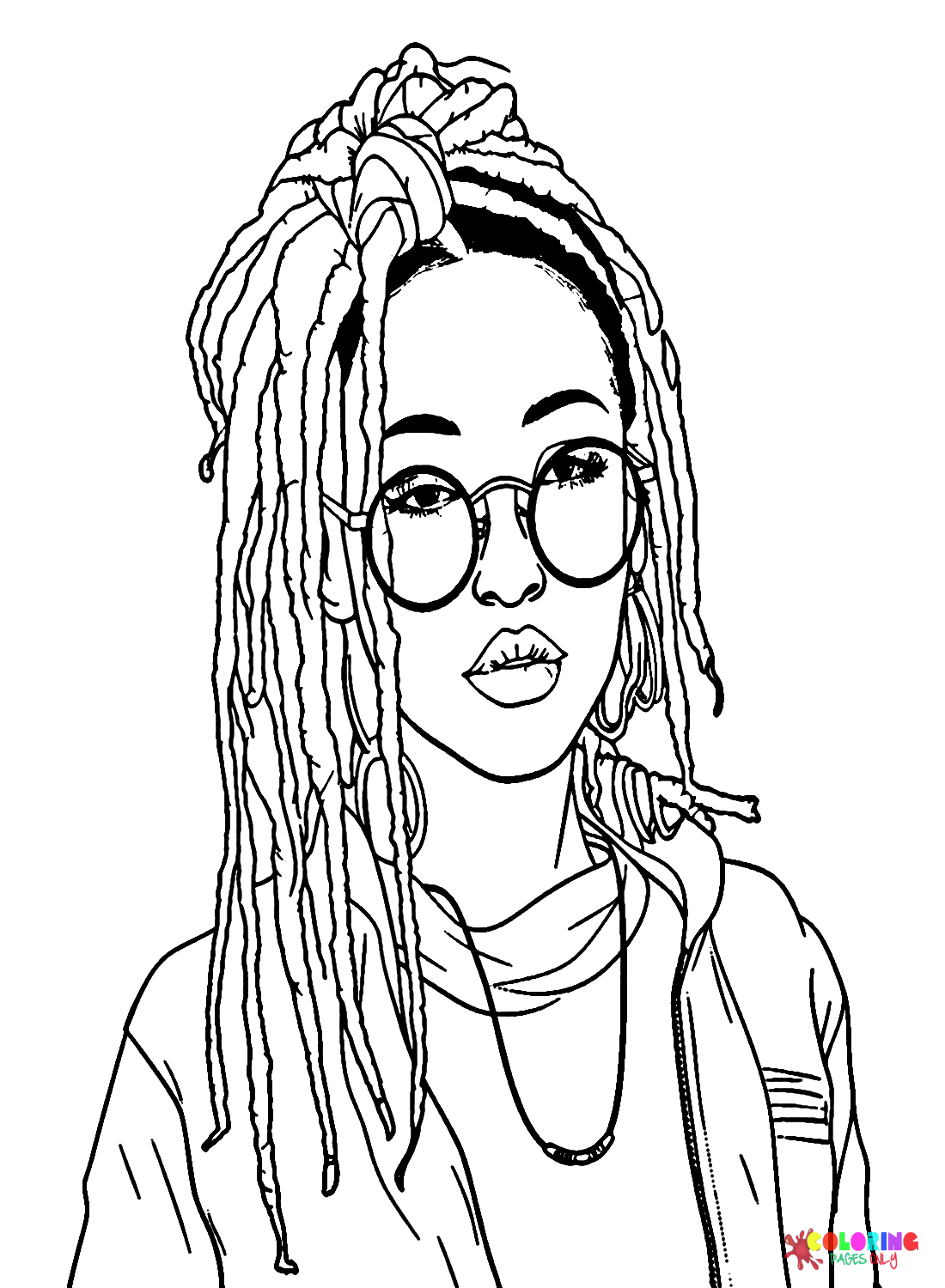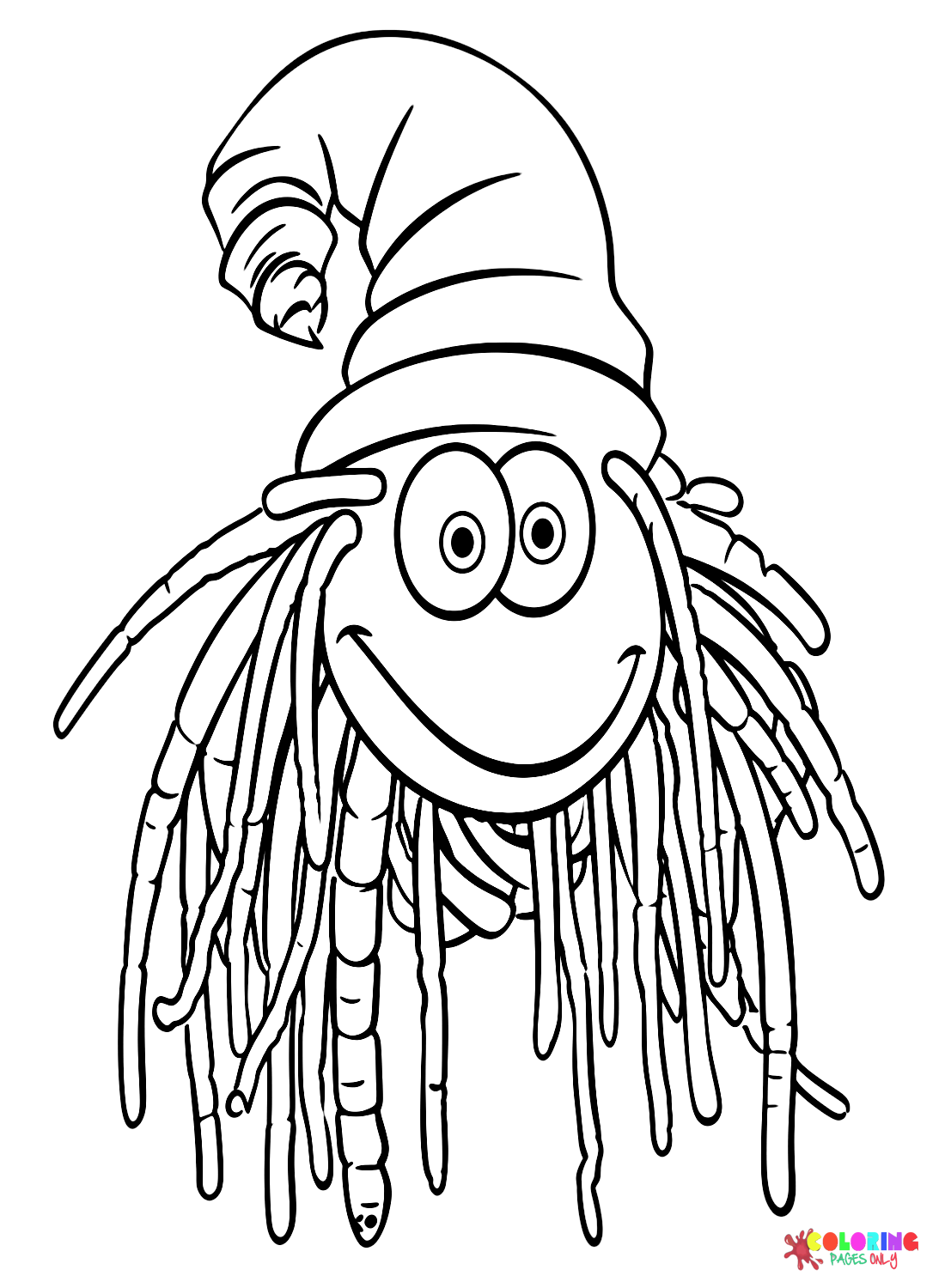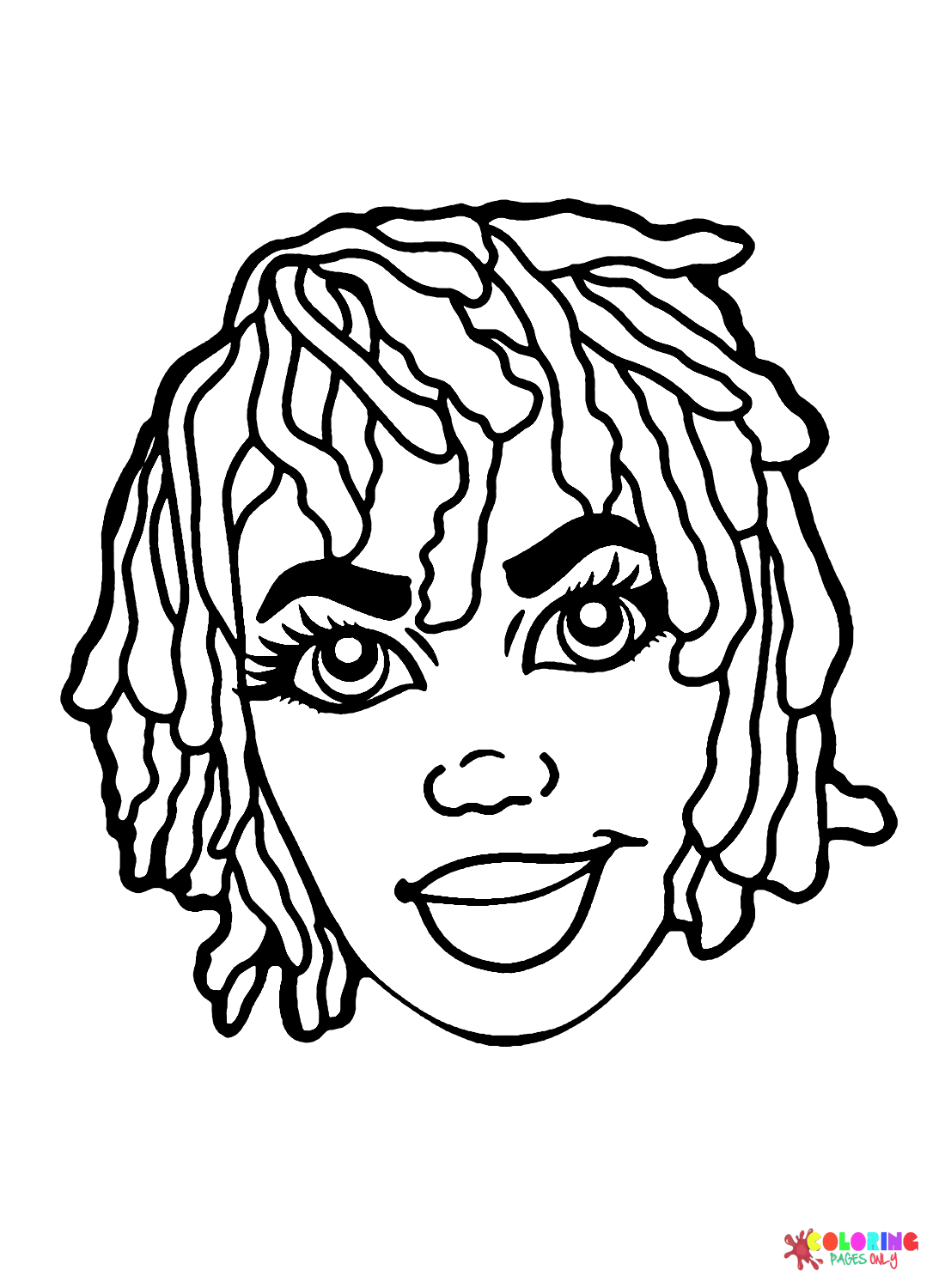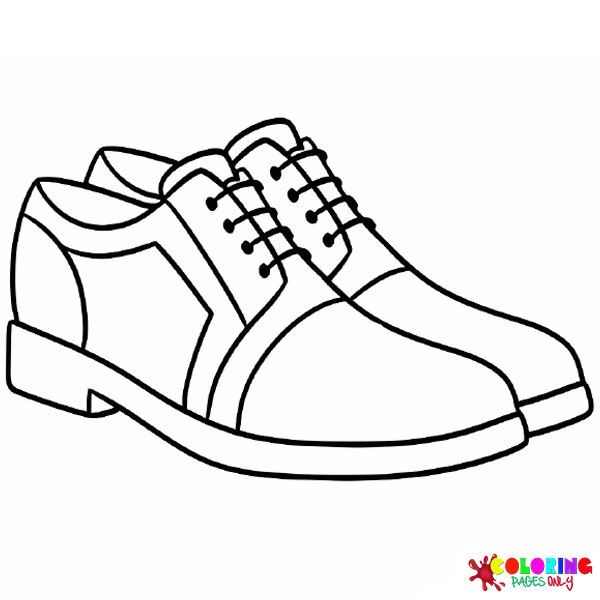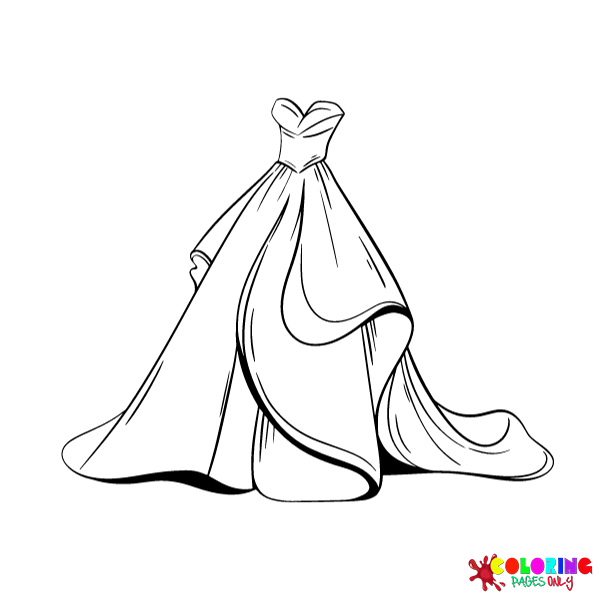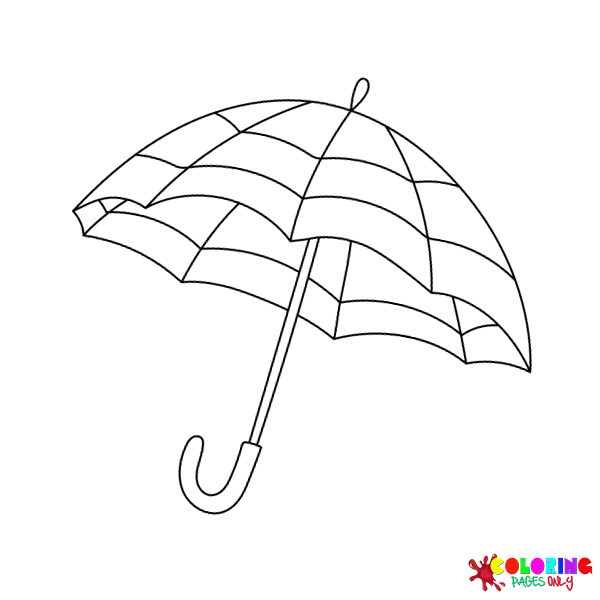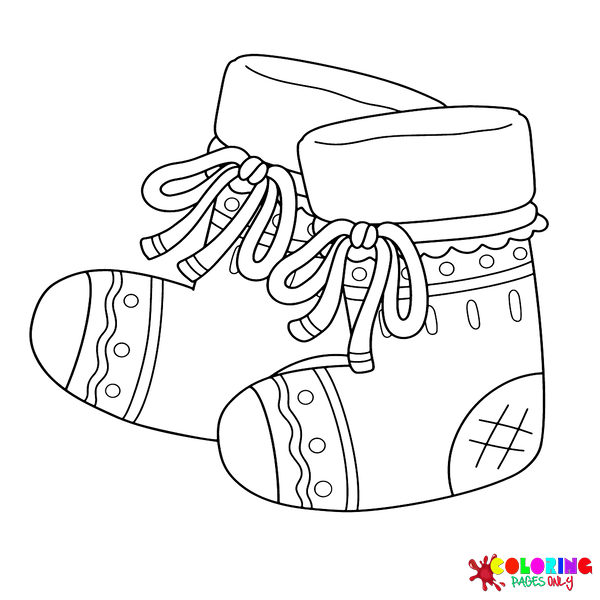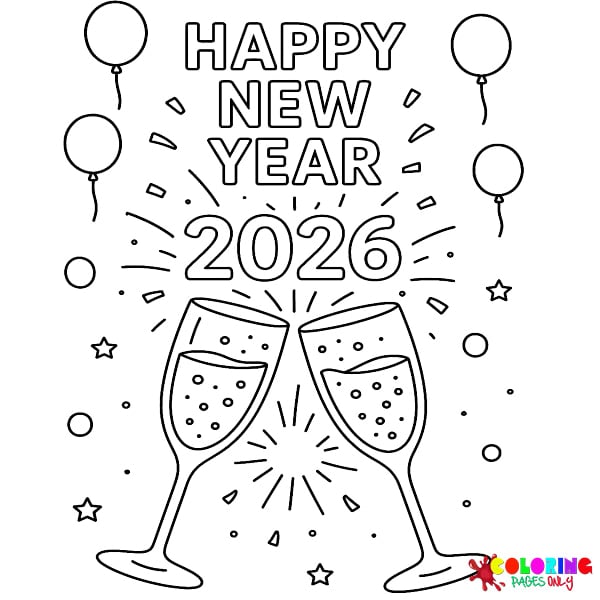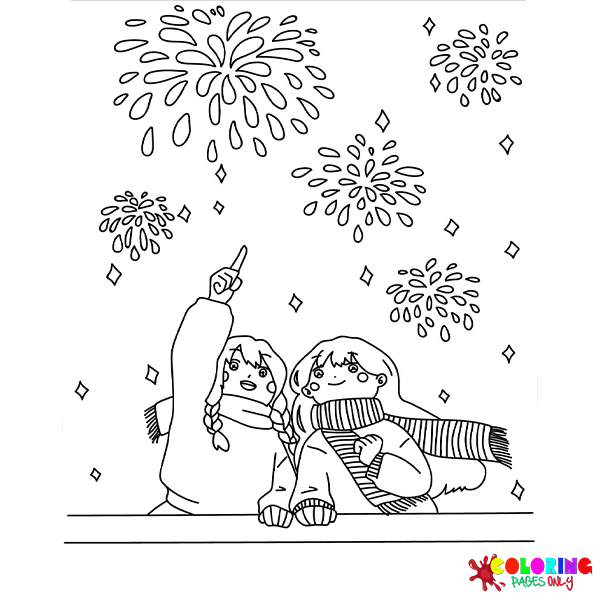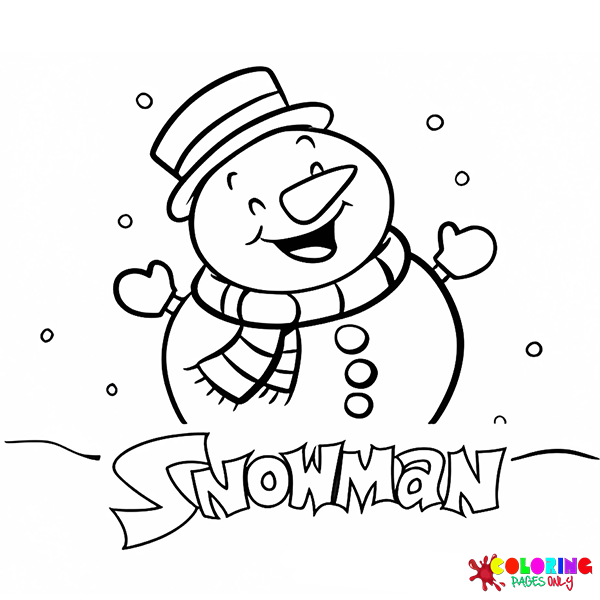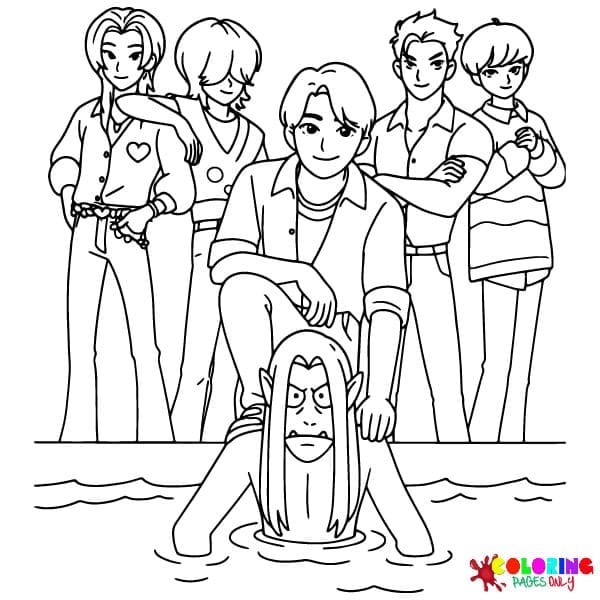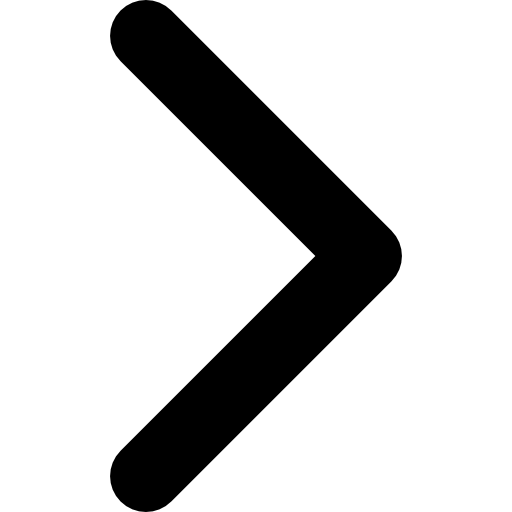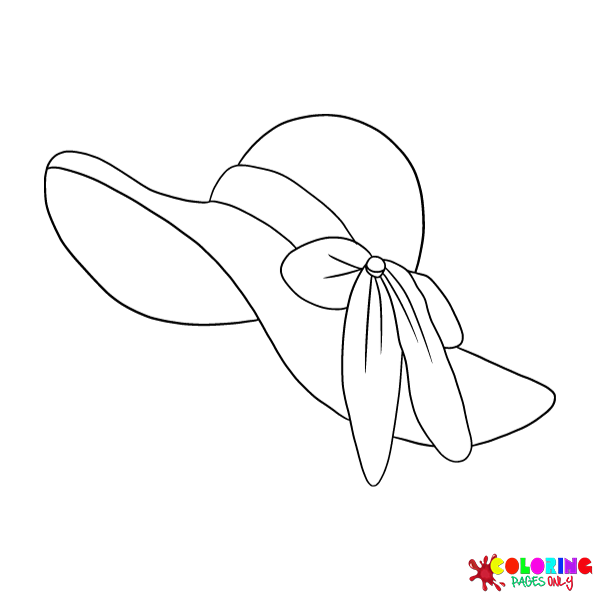Dreadlocks Coloring Pages
Dreadlocks, also known as “locs,” are a hairstyle that involves twisting sections of hair together to create long, matted, rope-like strands. The hair is grown naturally without being brushed, which allows the strands to intertwine and form thick, coiled locks. Dreadlocks can be created using various techniques, such as backcombing, braiding, or simply twisting the hair by hand. They are often associated with certain subcultures, such as Rastafarians, but can be worn by people of all backgrounds and hair types. Dreadlocks can be a low-maintenance hairstyle, but they require regular maintenance to prevent them from becoming too matted and tangled. We were interested in Dreadlocks and designed and created many unique ideas through Dreadlocks coloring pages.
The origin of dreadlocks is unclear, as various cultures have worn the hairstyle throughout history. However, one of the most well-known examples of dreadlocks is the Rastafarian movement, which emerged in Jamaica in the 1930s. Rastafarians believe that dreadlocks symbolize their spiritual connection to nature and their African roots.
Other cultures have also worn dreadlocks, including ancient Greek and Egyptian warriors, Hindu holy men in India, and certain African tribes. In many cases, dreadlocks were seen as a way to distinguish oneself from mainstream society and express one’s individuality and cultural identity.
Today, dreadlocks are popular among people of various races and ethnicities, particularly those who embrace their natural hair texture and reject mainstream beauty standards. Dreadlocks are associated with certain subcultures, such as reggae music, punk rock, and hip-hop.
Both men and women make dreadlocks. The hairstyle is not gender-specific and can be worn by anyone who chooses to do so. Many women who make dreadlocks often decorate their hair with beads, ribbons, and other accessories to add to the style.
Dreadlocks are not a unique hairstyle for kids, as people of all ages and backgrounds can choose to make dreadlocks. However, some parents may choose not to allow their young children to take dreadlocks for cultural, practical, or personal reasons. Ultimately, the decision to make dreadlocks or any other hairstyle is personal and should be made considering one’s preferences and cultural sensitivities.
Therefore, the popularity of dreadlocks is driven by a desire to express individuality and cultural identity, as well as a rejection of mainstream beauty standards and a celebration of natural hair texture.
Dreadlocks are a hairstyle that is popular in many countries and cultures around the world. However, they are often associated with specific regions and subcultures. Here are some examples:
Jamaica: Dreadlocks are closely associated with Rastafarian culture, which originated in Jamaica in the 1930s. Rastafarians believe that dreadlocks symbolize their spiritual devotion and connection to the earth.
India: In India, dreadlocks are known as “jata” or “jaṭā.” They are traditionally made by Hindu holy men, sadhus, who renounce worldly possessions and dedicate their lives to spiritual pursuits.
Ethiopia: Dreadlocks are also associated with Ethiopian culture, particularly the Ethiopian Orthodox Church. The tradition of making dreadlocks in Ethiopia dates back to ancient times and is believed to have been influenced by the Nazarites, a Jewish sect that practiced asceticism and wore their hair in locks.
United States: Dreadlocks have become popular among many African Americans, particularly those who embrace their natural hair texture and reject Eurocentric beauty standards. They are also made by people of other races and ethnicities who appreciate the cultural and aesthetic significance of the hairstyle.
Overall, dreadlocks have a rich and diverse history that spans many cultures and regions worldwide.
Printable Dreadlocks coloring pages can be helpful for kids in many ways:
Enhancing creativity: Dreadlocks Coloring pictures can help kids to improve their creativity and imagination by allowing them to experiment with different colors and styles.
Developing fine motor skills: Coloring can help kids to develop their fine motor skills by encouraging them to hold and control coloring tools such as pencils, crayons, or markers.
Encouraging self-expression: Coloring can be a form of self-expression, allowing kids to express their feelings and emotions through color and design.
Learning about cultural diversity: Dreadlocks are a hairstyle with cultural significance in many communities. Dreadlocks coloring pages can help kids to learn about and appreciate different cultures and traditions.
Relaxation and stress relief: Coloring can be a relaxing and calming activity for kids, helping them to reduce stress and anxiety.
Dreadlocks coloring sheets can be a valuable tool for kids to develop various skills while having fun and learning about different cultures. Children who learn about fashion can create Emo or fashion accessories, such as Shoe, Dress, or Backpack.


